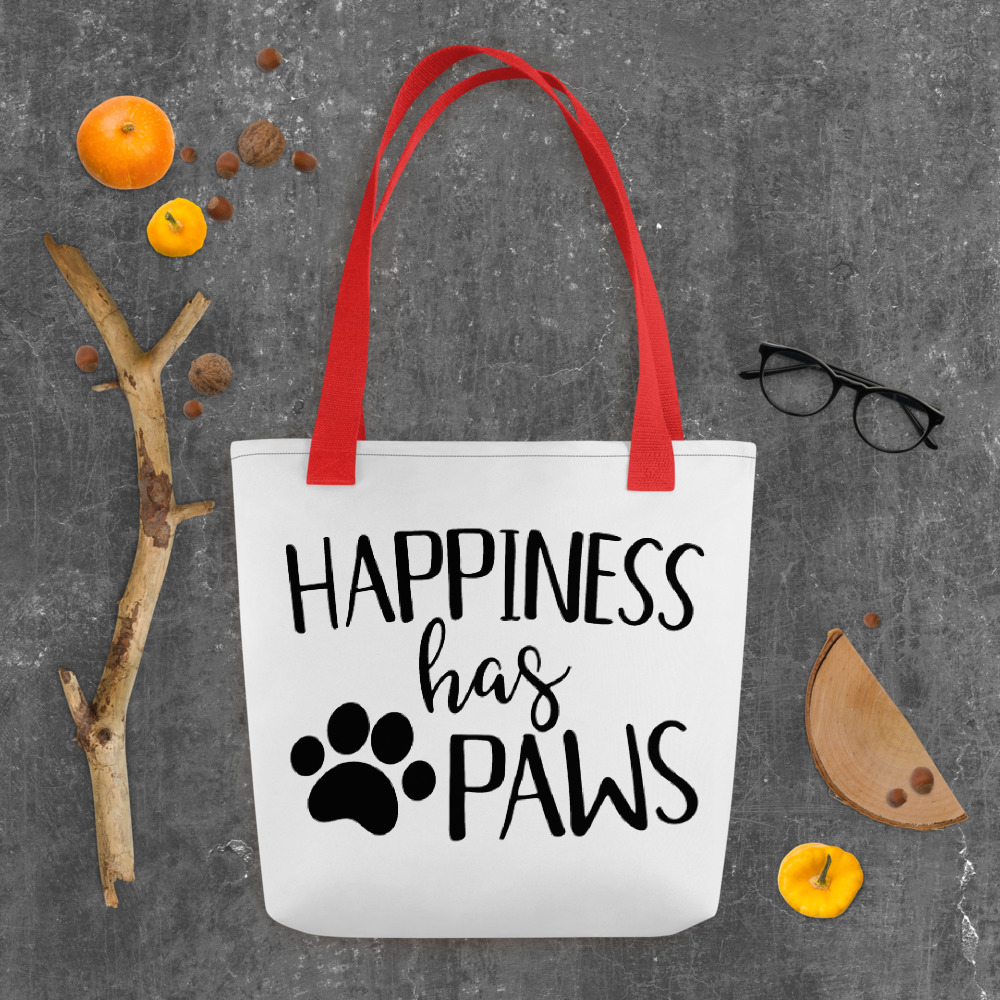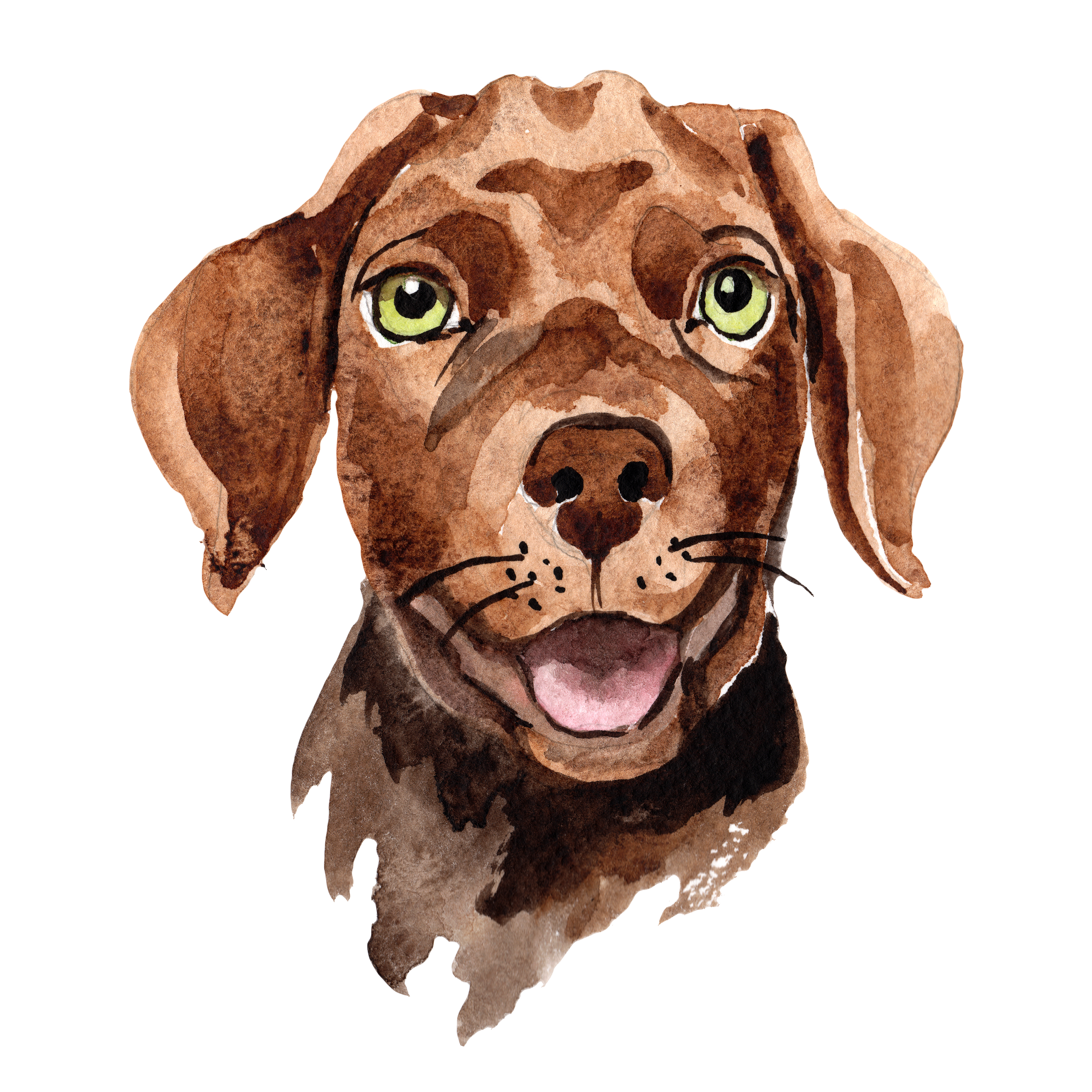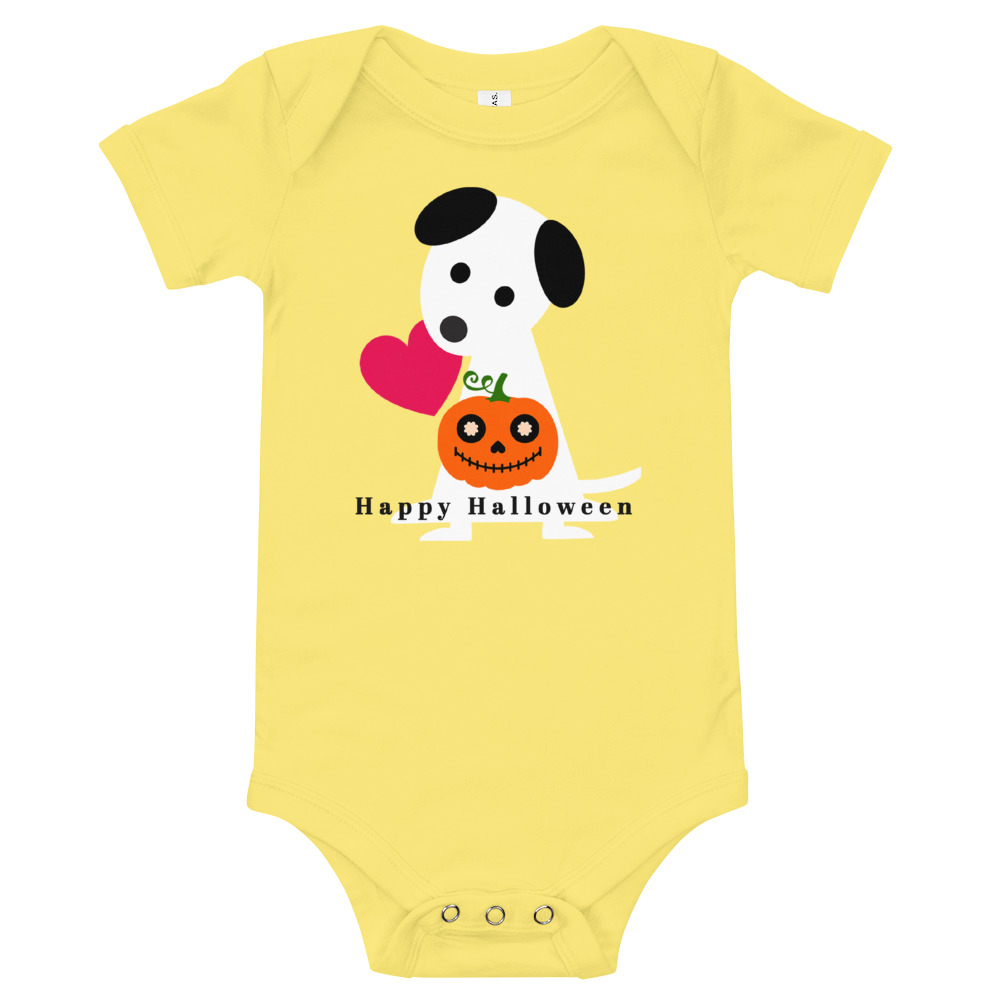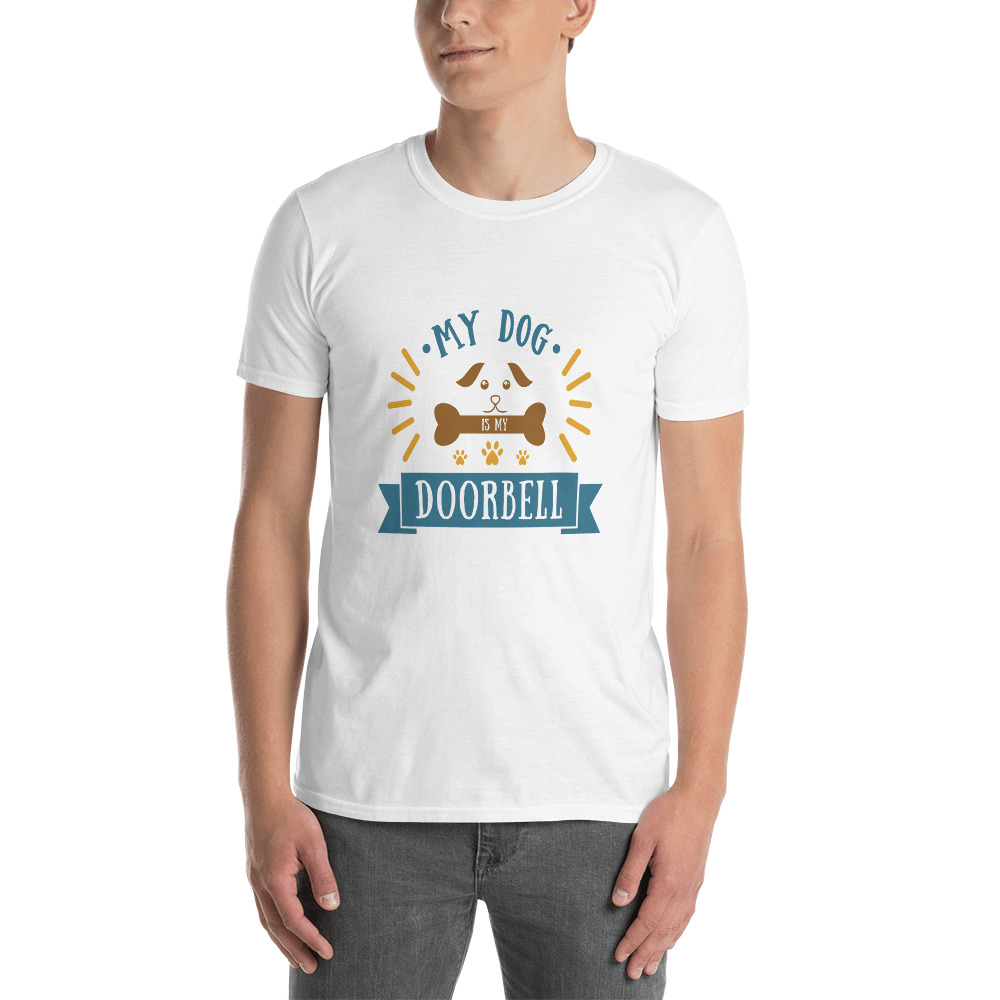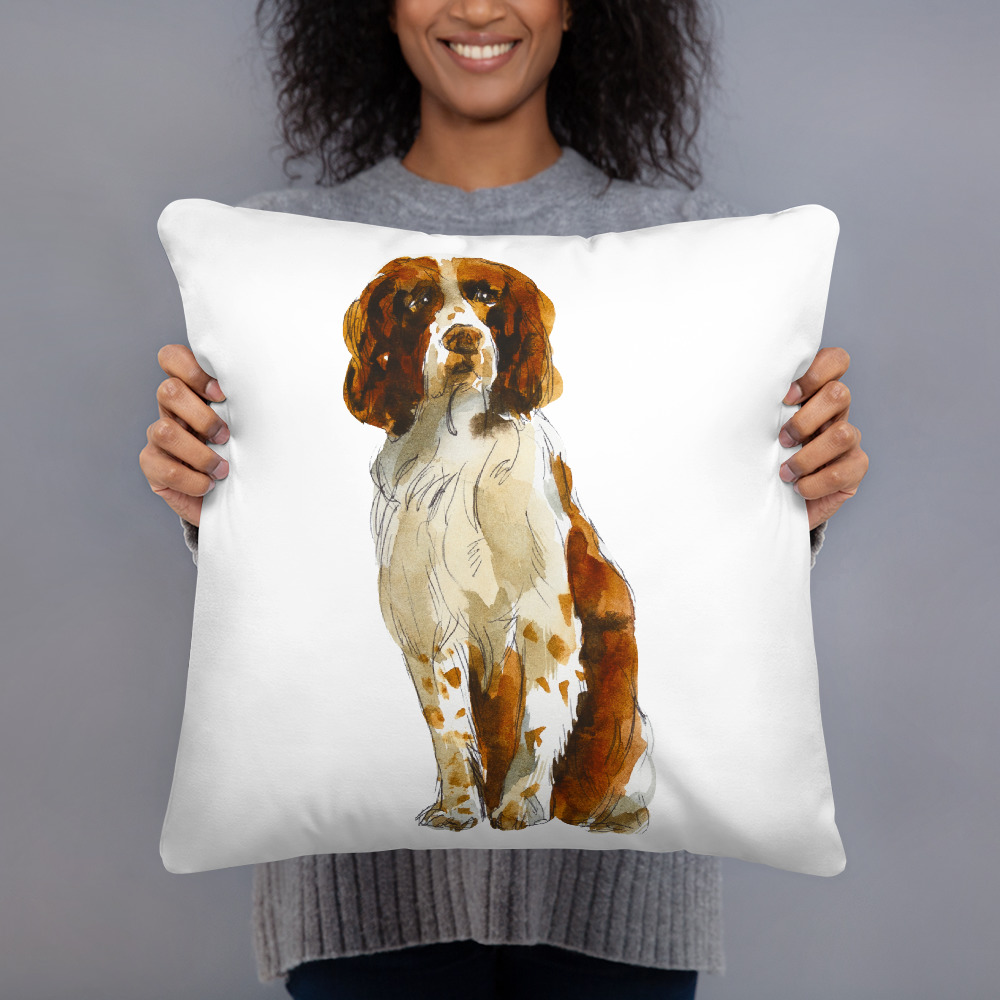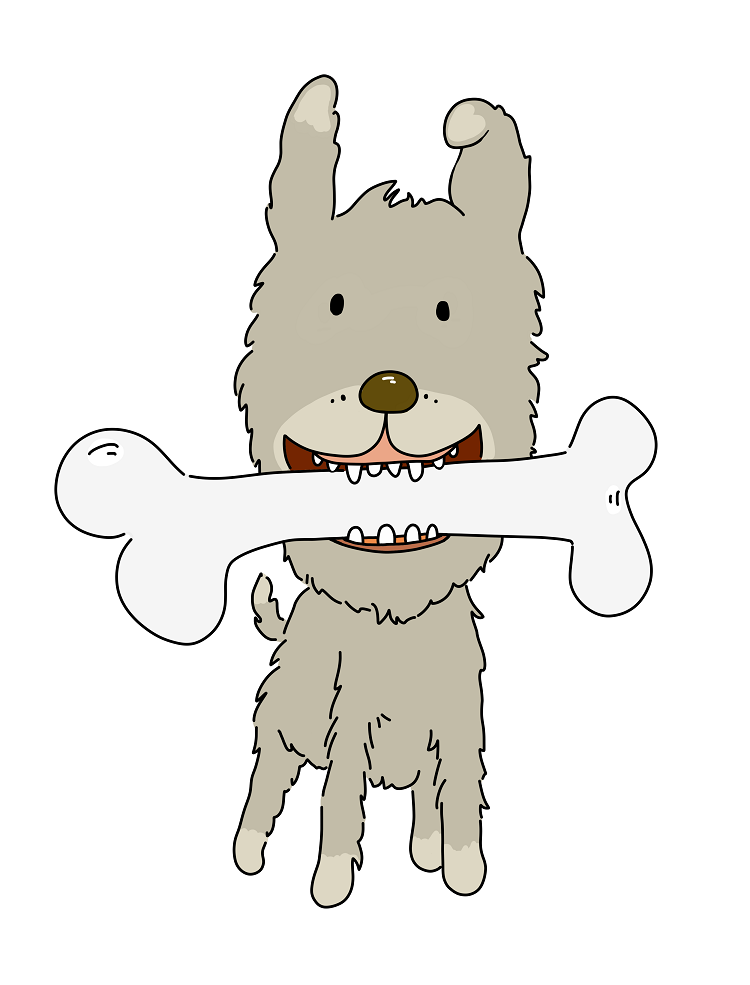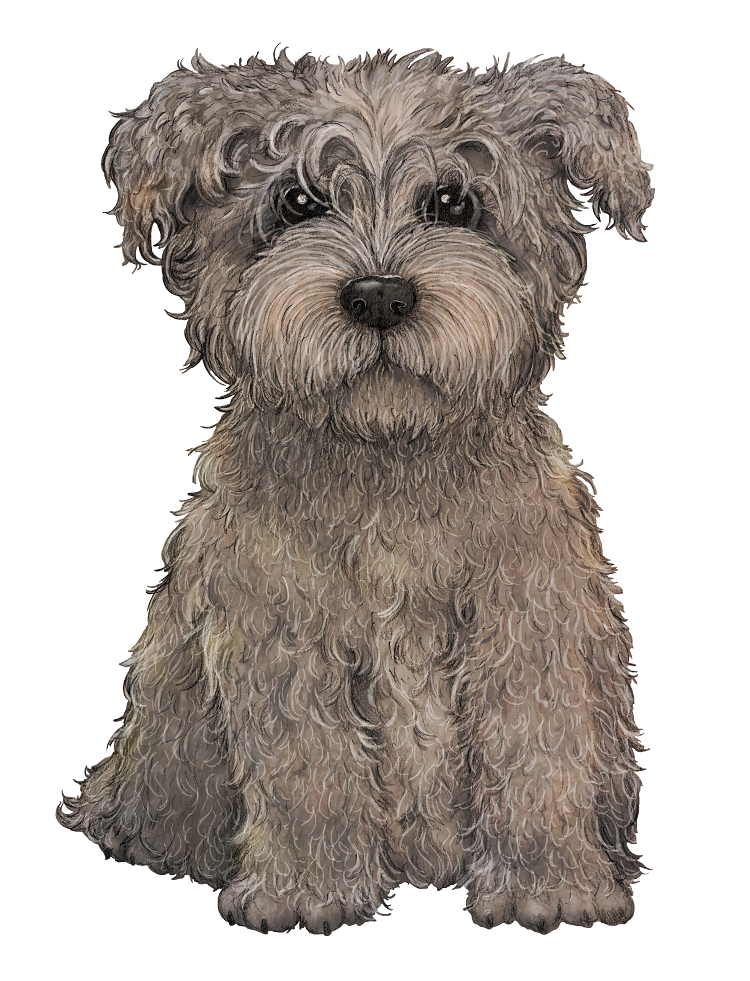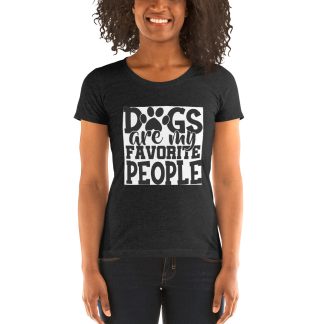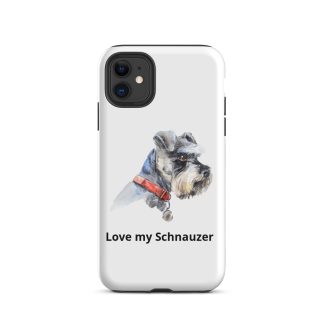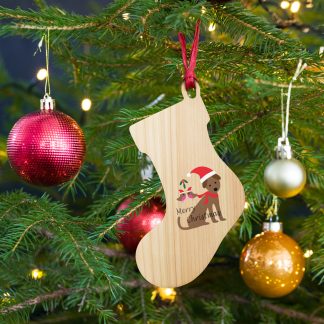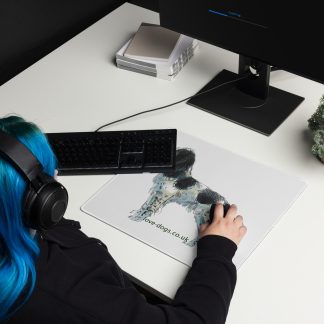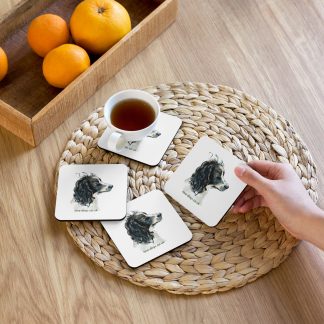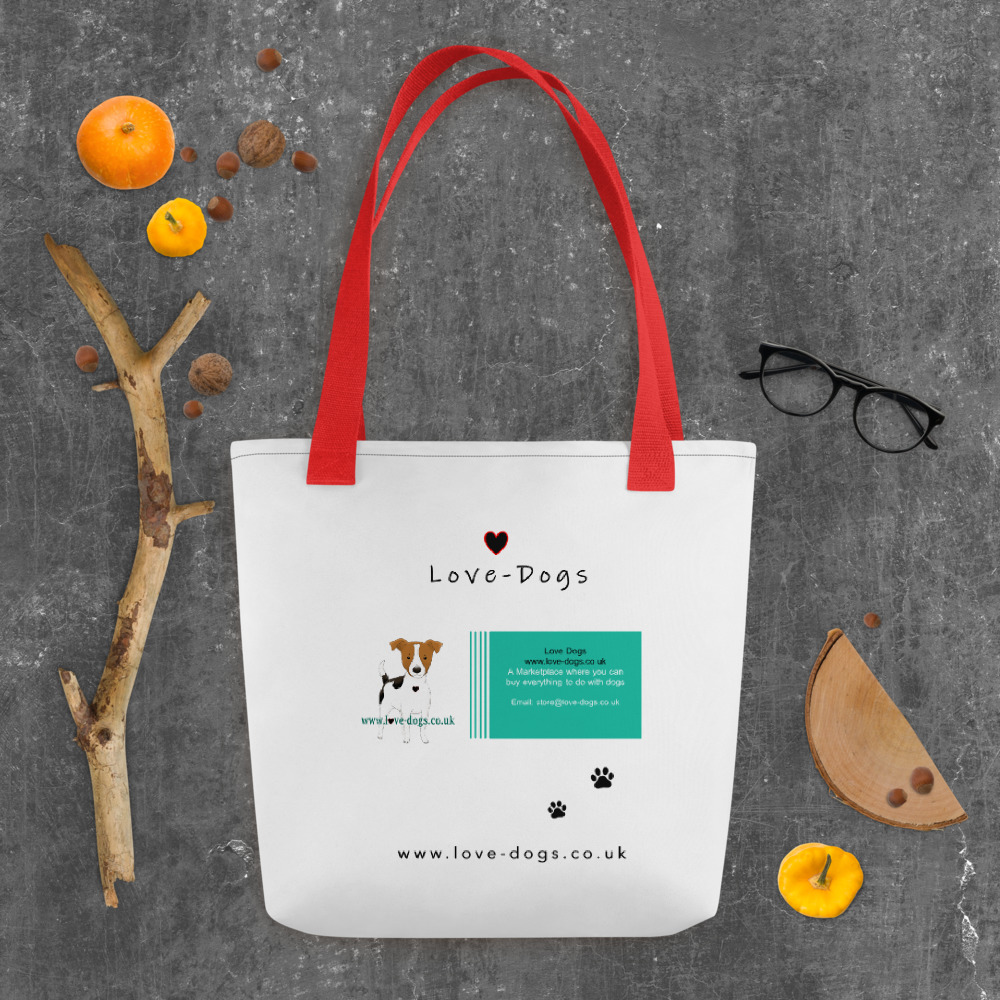
Teaching a dog proper behaviour while it is young is very important. While playing and having fun with your new puppy or dog is certainly important, it is also important to teach your canine companion just what is expected – which behaviours are acceptable and which behaviours are not acceptable.
Teaching these lessons early, while the dog is still a puppy, is the best guarantee that these lessons will be learned and retained. Dogs learn quickly and every interaction between human and dog is teaching the dog something. Making sure you are teaching the right lessons is up to you as the dog handler.
Proper training techniques are important for the protection of the dog as well as the protection of the family and the community at large. While dogs are loving, protecting members of the family in most cases, a poorly trained dog can be dangerous and destructive. Making sure your new addition is a pleasure to be around and not a menace is up to you as the owner.
The relationship between humans and dogs goes back for many thousands of years and dogs have been domesticated longer than any other animals. Therefore, humans and dogs have developed a bond not shared by many other domesticated animals. This strong bond is very useful when training any dog.
All potential dog owners and would be dog trainers should understand how dog society works in the absence of humans. It is important to understand the pack hierarchy and to use that hierarchy to your advantage as you train your dog. All pack animals have a lead animal, in the case of dogs it is the alpha dog. All other members of the pack look to the alpha dog for direction and guidance. The alpha dog in turn provides important leadership in hunting, fending off other predators, protecting territory and other vital survival skills. This pack arrangement is what has allowed wolves and wild dogs to be such successful predators, even as other large predators have been driven to extinction.
What all this means to you as the dog trainer is that you must set yourself up as the pack leader – the alpha dog if you will – in order to gain the respect and trust of your dog. If the dog does not recognize you as is superior and its leader, you will not get very far in your training program.


